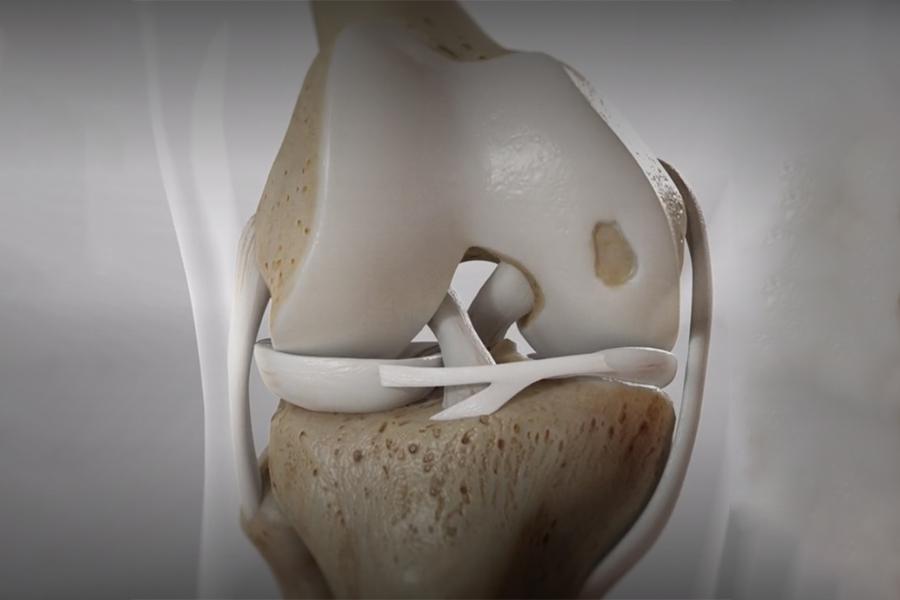Cartilage Injuries
Cartilage injuries are relatively common and can occur in any joints in the body, but they are most frequently associated with the knee joint followed by that of the shoulder, elbow ankle and other joints. Cartilage is a tough, flexible connective tissue that covers the ends of bones at joints, allowing them to glide smoothly over each other and providing cushioning.
Cartilage covers the surfaces of bones in joints, such as the knee, hip, and shoulder. Injuries to articular cartilage can happen due to various reasons, including trauma, overuse, or degenerative conditions. Common articular cartilage injuries include:
- Cartilage Tears: These can be partial or full-thickness tears and are often seen in sports injuries or accidents. They can cause pain, swelling, and limited joint function.
- Chondromalacia Patellae: This is a condition where the cartilage under the kneecap (patella) softens and breaks down, leading to knee pain, especially when bending the knee.
- Arthritis: Can be due to degenerative arthritis or inflammatory arthritis. Over time, wear and tear on cartilage can lead to osteoarthritis, a degenerative joint disease characterized by cartilage loss, pain, and reduced joint mobility. Inflammatory arthritis involves conditions like rheumatoid arthritis.
Causes
- Trauma as a result of sports injuries or a fall
- Repetitive injuries
- Pivoting injuries in the knee
- Progressive wear and tear, usually over several decades of use - Osteoarthritis
- Inflammatory arthritis: Like rheumatoid arthritis
- Poor alignment of joints due to a congenital (meaning “at-birth”) abnormality or previous injury
- Conditions like Chondromalacia Patellae
Symptoms
- Joint Pain or swelling
- A “catch” like uncomfortable feeling when moving the joint
- A crackling, grating, or popping sound and sensation that occurs when bending or moving the joint
- Locking episodes in the joint (an inability to fully extend or bend the joint)
- Instability of the knee
- Stiffness of the joint
- Reduced range of movement of the joint
Diagnosis
Usually diagnosed by MRI. But sometimes a cartilage injury is diagnosed after a keyhole surgery in the joint (arthroscopy).
Treatment
Treatment options for cartilage injuries depend on the location, severity, and type of injury. Some common treatment approaches include:
- Rest and Physical Therapy: Mild cartilage injuries may heal with rest and physical therapy to strengthen the muscles around the joint.
- Medications: Over-the-counter or prescription medications may be used to manage pain and inflammation.
- Injections: Corticosteroid injections (very rarely used) or viscosupplementation injections may be considered to reduce pain and inflammation in some cases.
- Surgery: More severe cartilage injuries, such as large tears or significant loss of cartilage, may require surgical interventions like arthroscopy, microfracture, or even joint replacement surgery in extreme cases.
-
Newer Techniques: Dr Vishnu Unnithan is well trained in newer surgical techniques for cartilage preservation and repair, which includes:
1. Marrow Stimulation Techniques like microfracture
2. Autologous Cartilage Implantation:
3. Osteochondral autograft / Mosaicplasty
4. Matrix-associated autologous chondrocyte implantation
5. Osteochondral allograft transplantation
6. Patellar cartilage unloading procedures
It's important to consult with Dr Vishnu Unnithan or an another orthopedic surgeon, if you suspect a cartilage injury. We can diagnose the issue and recommend the most appropriate treatment plan based on your specific condition and needs. Early intervention and proper management are crucial for the best possible outcome.
